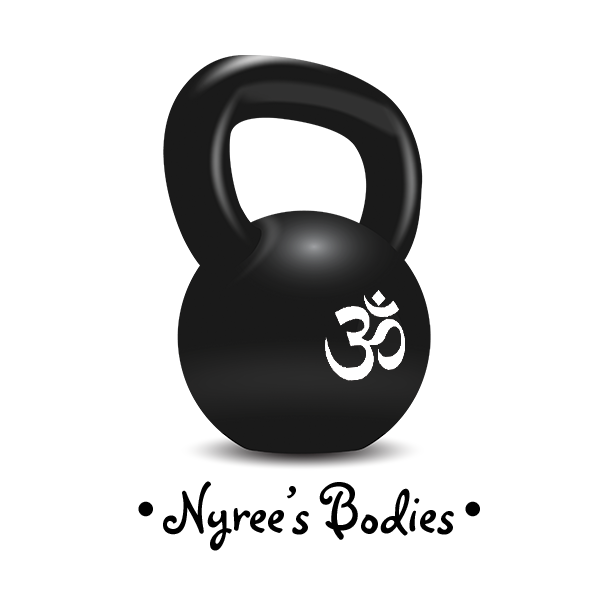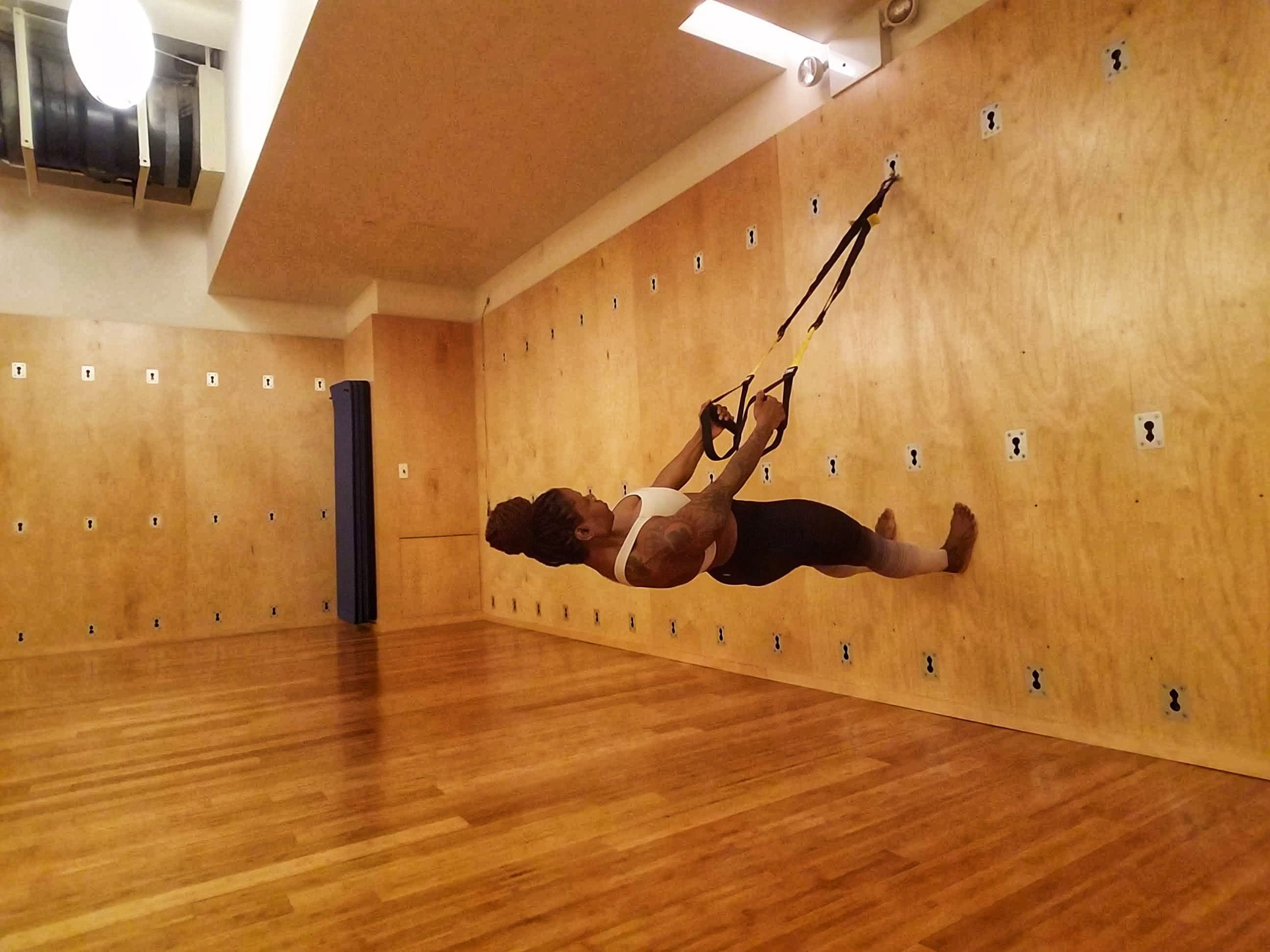Your Custom Text Here
The Skill of Balance - Training to Not Fall On My Face
Balance. The even distribution of weight which enables someone or something to remain upright and steady. A state of equilibrium.
The ability to balance is a combination of trained sensorimotor (sensori - input, motor - output) function and neuromuscular (nerves to muscles connection) coordination which allow for control of muscle function through multiple joints.
Balancing Bird Dog
Balance is a skill. In conjunction with stability, balance is a representation of strength which needs to be trained in order to develop, in the same way we lift weights regularly to develop strength. There are two types of balance; dynamic balance (the ability to maintain body position during movement) and static balance (maintaining bodily position while sitting or standing). The practicality of balance training is present in one’s ability to carry items up and down a step ladder and place it on the top shelf. The ability of catching and steadying yourself when the subway train abruptly stops or starts. Or sitting and standing from a low chair holding a glass of water without using the arm rest. This example may seem as though it is strength based, but not completely. It also requires balance. Here’s another example, you are really drunk. You haven’t lost any strength since you began drinking, but now your balance is impaired. Would you be able to still sit and stand from that same chair smoothly holding that glass of water or would you possibly topple over and get wet? There is strength to stand with no balance. The professional balancers such as tightrope walkers, gymnasts and ice skaters, the extreme examples of training for balance practitioners, fall now and then. Why do you believe you’re exempt?
I will usually get push-back from clients and students when I add balance exercises to the day’s program. Maybe that’s because it can be uncomfortable and embarrassing to fall, especially in front of a group. What most don’t know is that the body learns to balance through falling; the process where the central nervous system is learning which muscles to engage and in which order to achieve balance. For many, balance lies in that uncomfortable place where one has resigned themselves to the fact of their inability to balance, already having failed before even beginning. Also present is the aggravation of having to work extra hard to do an otherwise simple exercise if it were done without that balance part. For example, performing a one arm bent over row but performing it unilaterally (on one leg), when the same exercise could be accomplished while standing on two legs or leaning on bench without the worry of falling on their face. The unilateral deadlifts, the planks with alternating arm and leg reaches, the lateral hops on one leg or in my case in yoga class, the half moon pose on a particularly wobbly day, brings distress when announced and relief when it’s over. I am not immune to those feelings; I get it. However, as with every other skill, there will be no improvement without a continuous and consistent amount of practice and effort.
For the 40 and below age group, the group that when it comes to fitness, rarely thinks far beyond their current situation age when it comes to health, it’s time to board this train to balanceville. If someone, in the age group considered “their prime”, is having difficulty balancing, it will not improve on its own. That’s not how the neuromuscular system works. Specific balance training exercises (i.e. balance board work, unilateral exercises) should be added to a general workout program.
For us 40 somethings and higher, who have also neglected balance training, there is no better time than the present to add this type of work to your program . We are at that age where our capacity to balance decreases. Falls due to lack of balance and stability are leading causes of injury and death in older populations. In my humble opinion, balance training is as important as strength training and should be trained equally. Equilibrium of training modalities.
Too many training programs center on the “How will it make me look?” principle. Understanding how the esthetics of working out is an important factor in strength training and that balance training is not, balance training can feel like a waste of that precious gym time eked out of your schedule and not prioritized over other types of training such as strength or cardiovascular. Remember, balance training is a functional thing; for overall quality of life. As a fitness professional, my goal is to create healthy bodies with longevity, not only those that are selfie worthy.
.
The Practicality of Grip Strength Training
There is a correlation between life expectancy and grip strength. According to the International Working Group on Sarcopenia (the degenerative loss of skeletal muscle mass & strength associated with aging), grip strength is an indicator of overall muscle strength and function and is "strongly associated with preserved mobility, higher activities of daily living and decreased disability.” Any training program worth its weight in kettlebells should incorporate this type of exercise such as the farmers walk, step ups holding dumbbells, hanging crunches or assisted pull ups.
Grip strengthening exercises have significant practical, real world applications. For example, carrying those heavy ass Trader Joe's paper bags with the wide handles up the stairs of the subway while knocking people out the way. How about being able to hold tight to that corkscrew while you desperately open that much needed and anticipated after work bottle of wine (You know what I'm talking about!).
Reverse Plank Hold
Here I demonstrate a TRX reverse plank hold which can also be done with rings. Holding the handles while sitting on the floor with straight legs, place the feet at the baseboard ( the advanced version with feet on wall is what I’m demonstrating), engage all the muscles of the legs and lift the hips off the floor until the body is level in a plank. This isometric hold builds strength in the muscles of the hands and forearms as well as the muscles of the back body, the SITS muscles in the shoulder joint, the biceps & triceps.
I regularly incorporate this hold in my TRX classes at @yogaworks_nyc, holding for at least 30 seconds. Once the fear subsided, the grips developed where 30 seconds feels short!.
Check under Classes for TRX class schedule.



